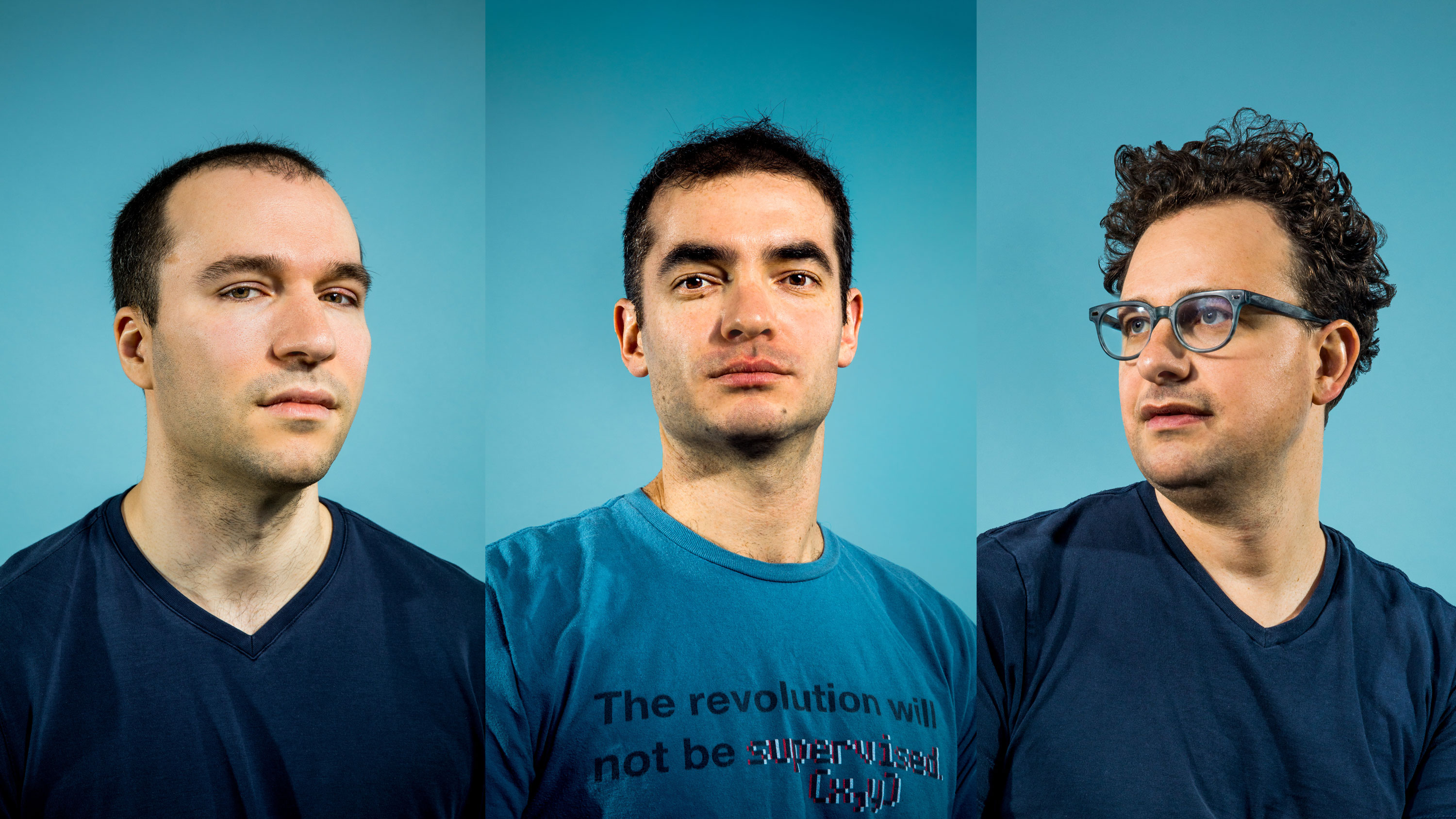Tech
Documents Show OpenAI’s Long Journey From Nonprofit To $157B Valued Company

In 2016, a scientific research group situated in Mountain View, California, and incorporated in Delaware applied to the Internal Revenue Service for recognition as a tax-exempt charitable organization.
The organization, called OpenAI, informed the IRS that its mission was to “advance digital intelligence in the way that is most likely to benefit humanity as a whole, unconstrained by a need to generate financial return.”
Its assets included a $10 million loan from Sam Altman, one of its four original directors and current CEO.
The application, which charities are obligated to publish and which OpenAI released to The Associated Press, provides a glimpse into the early days of the artificial intelligence behemoth, which has since expanded to include a for-profit subsidiary recently valued at $157 billion by investors.
It’s one indicator of how far OpenAI and the technologies it researches and produces have come in less than a decade.
Documents Show OpenAI’s Long Journey From Nonprofit To $157B Valued Company
In the application, OpenAI stated that it did not intend to form any collaborative ventures with for-profit entities, which it has since done. It also stated that it “does not intend to play any role in the development of commercial products or equipment,” and promised to make its findings freely available to the public.
Liz Bourgeois, an OpenAI representative, said in an email that the organization’s ideals and goals have remained similar, but the way it carries out its mission has developed in tandem with technological advancements. She further stated that the nonprofit does not conduct any commercial activity.
Attorneys who specialize in guiding organizations have been keenly following OpenAI’s spectacular rise and changing structure. Some question if it’s growth and current objectives have reached or exceeded the boundaries of how nonprofits and for-profits can engage. They also worry about how far its core operations enhance its philanthropic objective, which it must, and whether any may profit from its activity, which is illegal.
In general, nonprofit specialists agree that OpenAI has taken significant measures to ensure that its corporate structure complies with the regulations that regulate charitable organizations. Andrew Steinberg, counsel at Venable LLP and a member of the American Bar Association’s nonprofit organizations committee, believes OpenAI’s application to the IRS appears conventional.
If the organization’s intentions and structure changed, Steinberg explained, it would be required to submit that information on its annual tax filings, which it has done.
“At the time that the IRS reviewed the application, there wasn’t information that that corporate structure that exists today and the investment structure that they pursued was what they had in mind,” according to him. “And that’s okay because that may have developed later.”
Here are some highlights of the application:
Early research goals
OpenAI’s initial research ambitions appear antiquated in light of the rush to build AI, which was sparked in part by the publication of ChatGPT in 2022.
OpenAI informed the IRS that it intends to train an AI agent to solve a wide range of games. It planned to design a robot to do housekeeping and develop technology capable of “following complex instructions in natural language.”
Today, its products, such as text-to-image generators and chatbots that can recognize emotion and create code, greatly outperform those technical limits.
No commercial objectives.
The charity OpenAI stated on the registration form that it had no ambitions to develop joint ventures with for-profit organizations.
It also said that “OpenAI has no plans to participate in the development of commercial products or equipment.” It aspires to make its research freely available to the public, without discrimination.”
Documents Show OpenAI’s Long Journey From Nonprofit To $157B Valued Company
According to OpenAI spokeswoman Bourgeois, the organization feels that the best approach to accomplish its purpose is to produce tools that help people use AI to solve problems, many of which are free. However, they believe that having commercial ties has helped them advance their purpose, she said.
Intellectual property.
In 2016, OpenAI stated to the IRS that sharing its research with the general public is “central to the mission of OpenAI.” OpenAI will periodically publish research findings on its website and share software developed with the world under open source software licenses.”
The value of such intellectual property, as well as whether it belongs to the nonprofit or for-profit subsidiary, may become key concerns if OpenAI decides to change its organizational form, as Altman confirmed in September.
SOURCE | AP











































